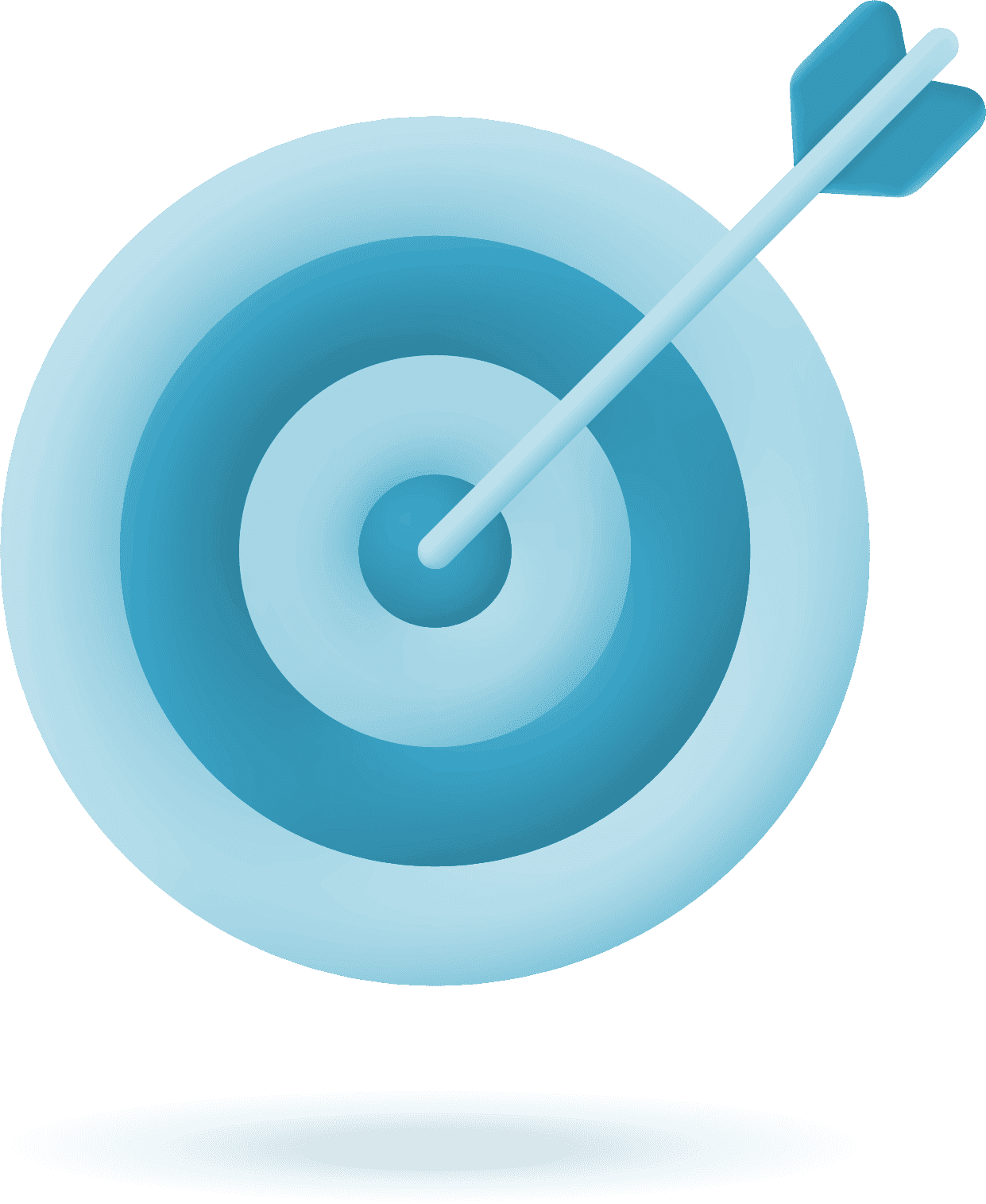
Have you ever sent out marketing emails campaign, only to wonder why your open rates or conversions are so underwhelming? If so, you’re not alone. Writing marketing emails that truly engage your audience and drive action requires more than just crafting catchy subject lines. It’s about building a connection, establishing trust, and most importantly, providing value. Whether you’re new to email marketing or a seasoned pro, these essential steps will help you write marketing emails that not only get opened but also drive meaningful results for your business.
Ready to write marketing emails that truly convert? Let’s get started!

1. Define Your Goal and Understand Your Audience
The first step in writing a high-converting marketing email is to know your purpose. Are you trying to promote a new product, offer a limited-time discount, or encourage sign-ups for an event? Whatever your goal is, it should be clearly defined before you even start writing. Without a specific goal, your email will lack direction, and your readers will be less likely to engage.
Once you’ve determined the purpose, the next step is understanding your audience. Who are you targeting? What are their pain points? What interests or challenges do they have that your product or service can solve? Tailor your email content to resonate with your specific audience. The more relevant your email is to the recipient, the higher your chances of a successful conversion.
Tip: Create buyer personas to help guide your messaging. This way, you’ll craft emails that speak directly to your audience’s needs and desires.
2. Craft a Compelling Subject Line
Think of your subject line as the “gateway” to your marketing emails. It’s the first thing your audience will see, and if it doesn’t capture their attention, your email will likely be deleted without a second thought. A compelling subject line is short, intriguing, and relevant. It should hint at the value the recipient will gain by opening the email.
A good subject line isn’t just about being creative; it’s also about clarity. Avoid overly complex or ambiguous phrases. Instead, use language that communicates exactly what the email offers, making it clear why the recipient should care.
Tip: Personalization works wonders. Try using the recipient’s name or referencing a product they’ve previously interacted with. You can also experiment with urgency by adding phrases like “limited time” or “don’t miss out.”
3. Write an Engaging Opening Line
The first sentence of your marketing emails should immediately capture attention and keep your audience interested. A good opening line sets the tone for the rest of the email and provides context to the subject line. It should provide a hook that entices the reader to continue reading.
Start by addressing the recipient’s needs or pain points. For example, instead of starting with “We have a new product,” try something like, “Are you tired of [pain point]? Here’s a solution.” This immediately connects with the reader and sparks curiosity.
Tip: Avoid generic openings like “I hope you’re doing well.” Get straight to the point and make your email feel personal and relevant to the recipient.
4. Deliver Clear, Value-Driven Content
Now that you have their attention, it’s time to provide real value. The body of your marketing emails should be concise and straight to the point, but packed with information that’s relevant and useful to the reader. Explain how your product or service can solve their problem, answer their questions, or fulfill their needs.
Use bullet points, subheadings, and short paragraphs to make the content easy to scan. People often read emails on the go, so you want to make sure the information is digestible at a glance.
Tip: Focus on benefits, not features. Instead of saying, “Our software includes [features],” say, “Our software helps you [benefits].” This approach shows your audience how your offering improves their life or business.
5. Focus on One Clear Call to Action (CTA)

All marketing emails should have a single clear call to action. Whether you want the reader to make a purchase, sign up for a free trial, download a guide, or visit a webpage, make sure the CTA is straightforward, easy to find, and directly tied to the goal of the email.
It’s important that the CTA stands out. Use a bold button, contrasting color, or underlined text to make the CTA noticeable. Avoid multiple competing CTAs, as this can overwhelm the reader and reduce the likelihood of them taking any action at all.
Tip: Keep the CTA simple and action-oriented. For example, instead of “Click here,” use “Get Started Now” or “Claim Your Discount.”
6. Personalize the Experience
Personalization in email marketing isn’t just about adding the recipient’s name to the subject line. It’s about delivering relevant content that speaks directly to the individual’s behavior, preferences, and needs. Use dynamic content that changes based on customer segments or past interactions. For example, if a customer previously purchased a product from you, offer them complementary items or remind them of related products.
Tip: Segment your email campaigns list to send more targeted, relevant messages. The more personalized the content, the more likely your recipient is to engage with your email.
7. Optimize for Mobile Devices
A significant percentage of marketing emails are opened on mobile devices, so ensuring that your email campaigns are mobile-friendly is crucial. Your emails should be responsive, meaning they adjust to the screen size of the device they’re being viewed on.
Make sure that images are properly sized, buttons are easy to click on mobile, and text is legible without the need to zoom. Test your marketing emails across different devices and platforms before sending them to ensure they look great no matter how they are opened.
Tip: Keep your subject line, opening line, and CTA above the fold so that mobile readers don’t have to scroll to see the important parts.
8. Use A/B Testing for Continuous Improvement
Writing the perfect marketing email isn’t a one-time task. It requires continuous testing and optimization. Use A/B testing to compare different elements of your marketing emails such as subject lines, CTAs, images, or even the overall email layout and measure their effectiveness.
Testing allows you to identify what resonates best with your audience and refine your approach to achieve better results over time.
Tip: Always test one element at a time to clearly understand which change made the difference. Track metrics like open rates, click-through rates, and conversion rates to gauge success.
Source : Havard Business Review
Writing marketing emails that convert isn’t just an art, it’s also science. By following these key steps, you can craft emails that not only get opened but also drive meaningful action. Remember, your audience is busy and their attention is limited, so make every email count by focusing on value, personalization, and a clear call to action.
The key to success is constantly and consistently delivering great content, personalizing your approach, and optimizing based on feedback. With these steps, you’ll be well on your way to creating marketing emails that don’t just engage, but convert.



